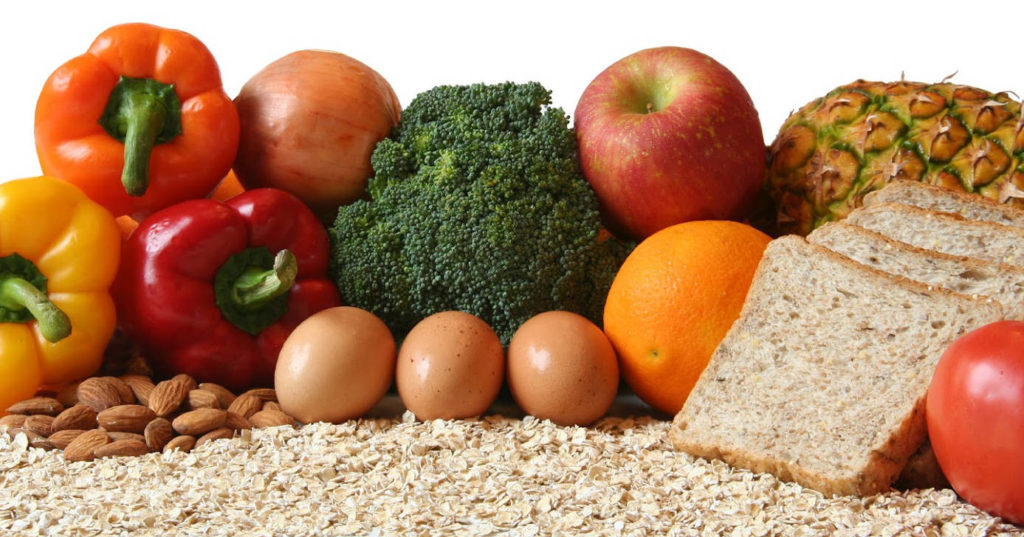Food for Diabetic Preppers, by S.F. in Oregon


Prepping for diabetics presents a unique challenge. What I’m not discussing how to store insulin, as that has already been discussed at length inSurvivalBlog. Nor am I going to go into the oft-mentioned differences between Type 1 and Type 2 diabetes. Rather, I’m just talking about food choices.
Rice, hard wheat, and noodles all have something in common. They have what is called a high ‘glycemic index’. That is the ‘octane’ of a given food. Glycemic index is the speed at which any given food will metabolize into sugar in the blood. People with blood sugar problems have compromised abilities to manage high blood sugar, so, for them low glycemic index foods are healthier.
We don’t have to concern ourselves with meat or oils, only those foods with carbohydrates. That is fruits, some nuts (like chestnuts), some beans (legumes), but mostly grains. Since grains make a large % of preppers stored food, this must be addressed.
If a person is a type 1 diabetic, until such time as we learn to regenerate the pancreas, they will need insulin to survive. In a grid-down situation, sourcing insulin may be a challenge, so it would be wise to make what you have last as long as possible. If you eat low glycemic foods, you can make your insulin stores last longer.
If a person is type 2 diabetic, they still make some insulin, so keeping their blood sugar down is more about avoiding long-term problems (non-healing wounds, amputations, kidney failure, heart disease, blindness…). Clearly still important.
So, first thing is to look through your stored food and see what the glycemic index is of what you’ve stored. Here’s one resource: https://glycemicindex.com/foodSearch.php. There are others.
As a rule, grains have a high glycemic index. Fortunately, there is an exception to the rule… barley. Barley has a very low glycemic index. Barley has become my standard grain staple. I can cook it whole in soups, grind it fine and make pan breads or flake it and make porridges. As a porridge, it cooks in minutes, saving fuel. It mixes nicely with eggs or canned fish or, if you don’t have blood sugar issues, fruit.
Now for beans. As a rule, they have lower glycemic indices, but the best are lentils, chickpeas, and aduki/adzuki. Of the three, adzuki are the least likely to give your position away due to unexpected sounds and smells, so, there’s that. Remember, you can sprout all three and have fresh vegetables without needing soil or lights.
Also, the more you cook food, the higher the glycemic index goes. This is because it becomes more digestible.
Okay, but what about the foods you do have? There are 3 ways to lower the glycemic index of a given food.
1- Add oil to the food.
2- Eat it raw. By raw, I also mean, fermented.
3- Cool it at 40F for 24 hours.
If you mix food with oil, then the oil will slow down the absorption and thus lower the glycemic index. Here’s a link: https://pubmed.ncbi.nlm.nih.gov/26352188/
Just note that food cooked in oil does not have as strong an effect as oil added after the food has been cooked. Remember to mix the oil in. You’re looking to coat the starch with oil.
FWIW, I have been eating olive oil I’ve had in cool storage since 2012 and it’s still fine.
Second, eat it raw, or… fermented. Take a winter squash. Delicious, prolific and stores well. Growing grains is a lot of work. Growing squash, easy peasy, but high glycemic index. What you can do is grate the squash then ferment it for a few weeks. This will partially digest it for you, but not in the same way cooking does. This means that the normally high glycemic index of the squash will be lower.
The third technique is to cool starches for 24 hours after cooking them. It is called starch retrogradation, that it, it causes the starch to reassemble in ways that lower the glycemic index. For rice the effect was a reduction of glycemic index by ~15%.
Here’s the technical info for those interested: https://pubmed.ncbi.nlm.nih.gov/26693746/
Well, there you have it. Here’s hoping you never need to use this information. – SF in Oregon
